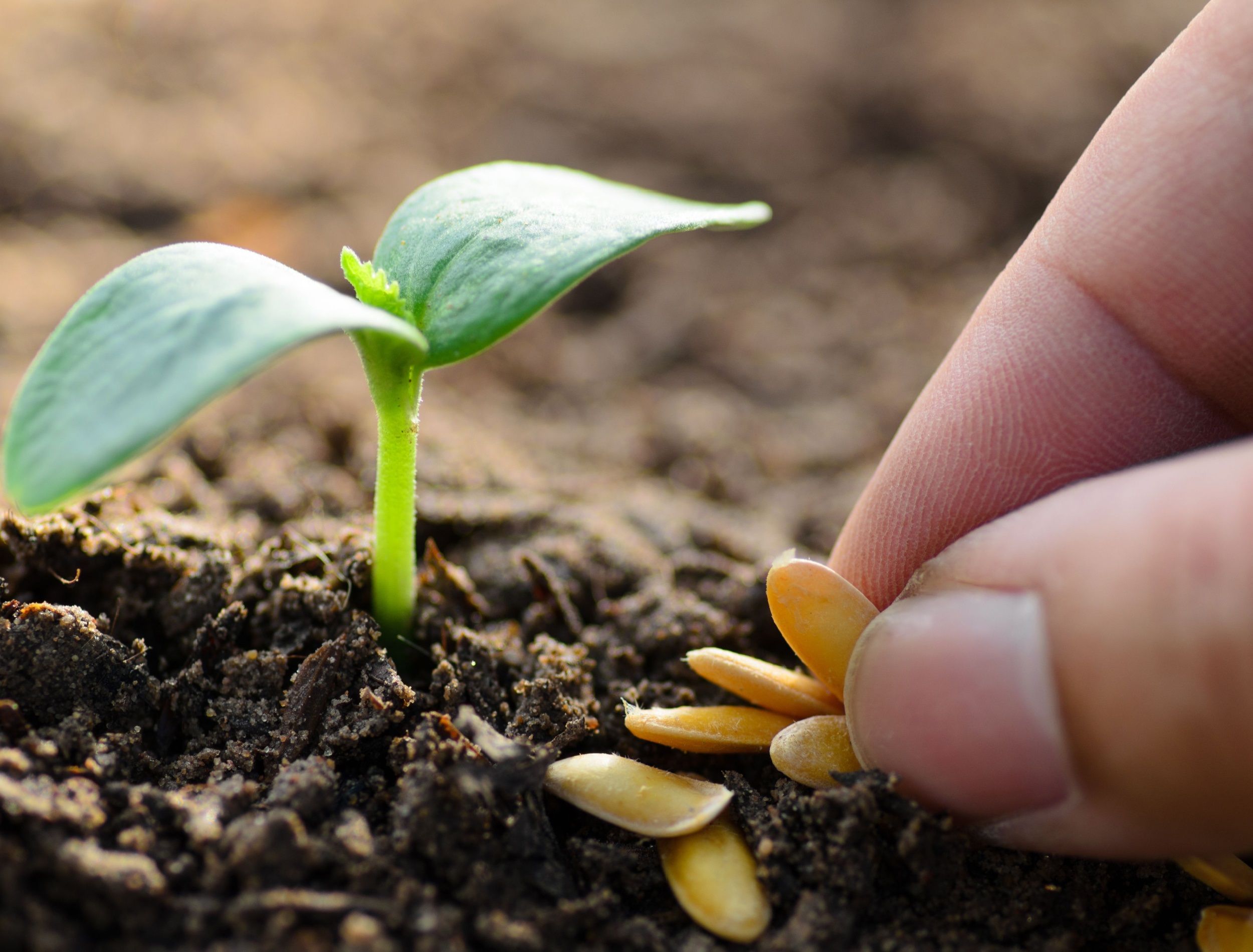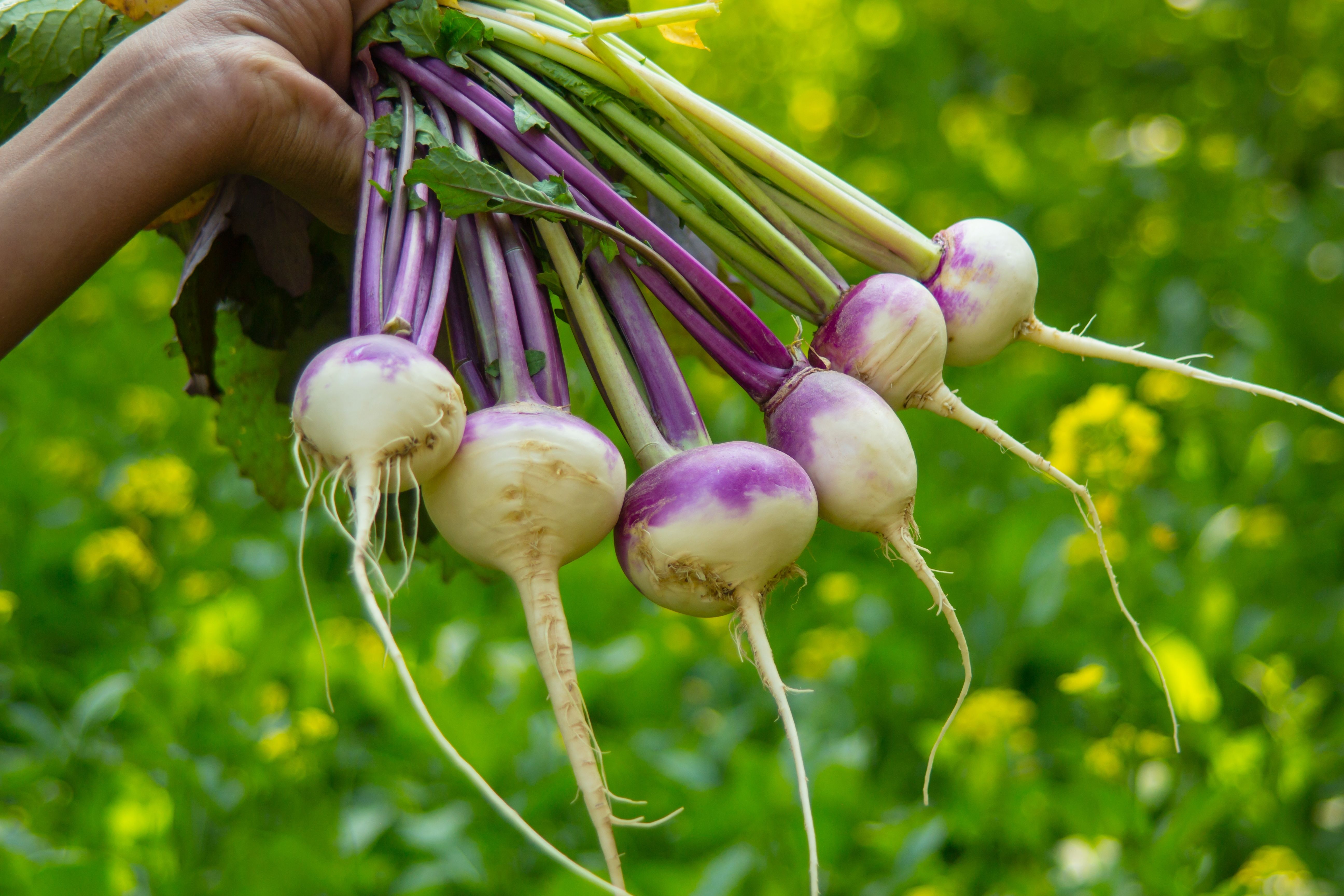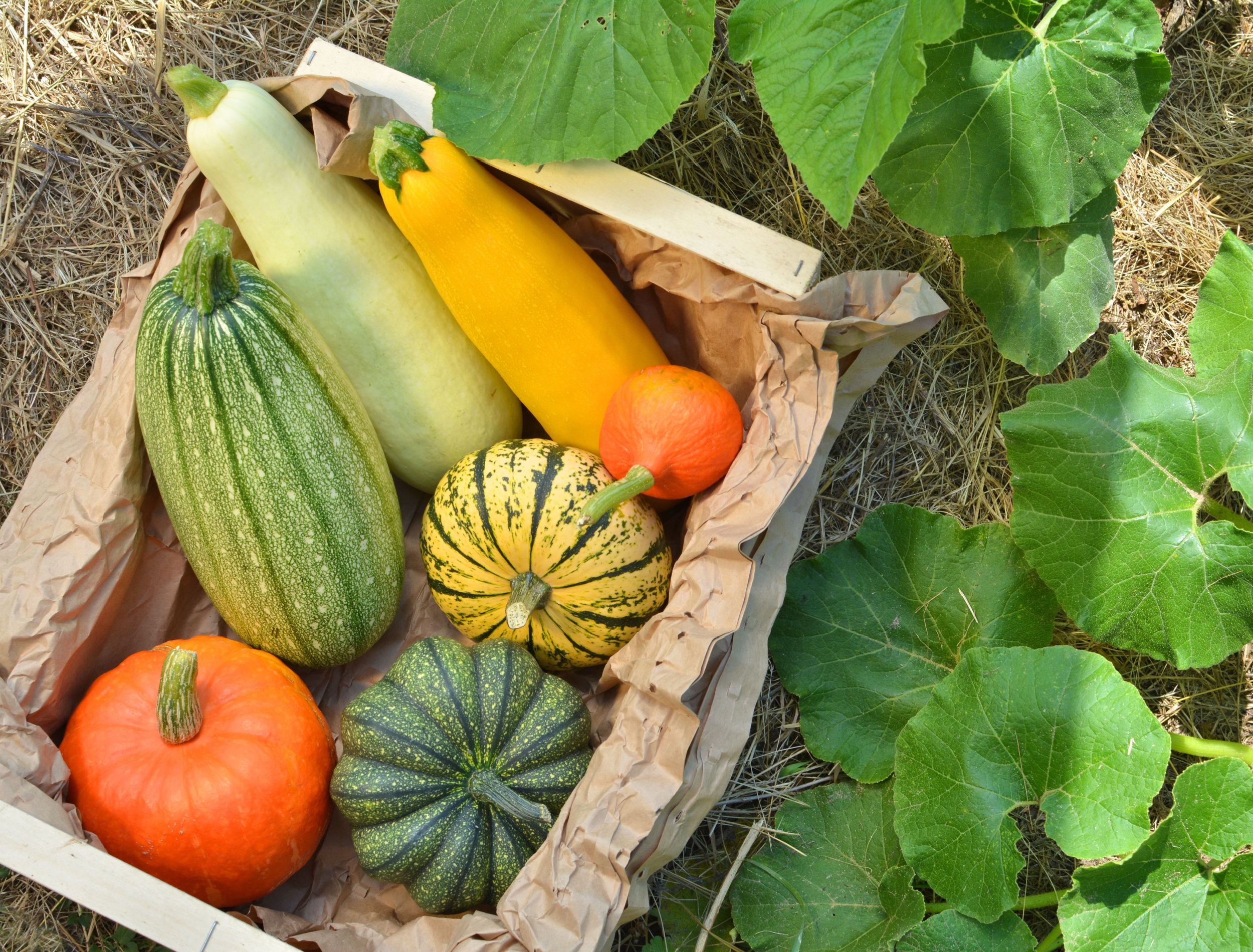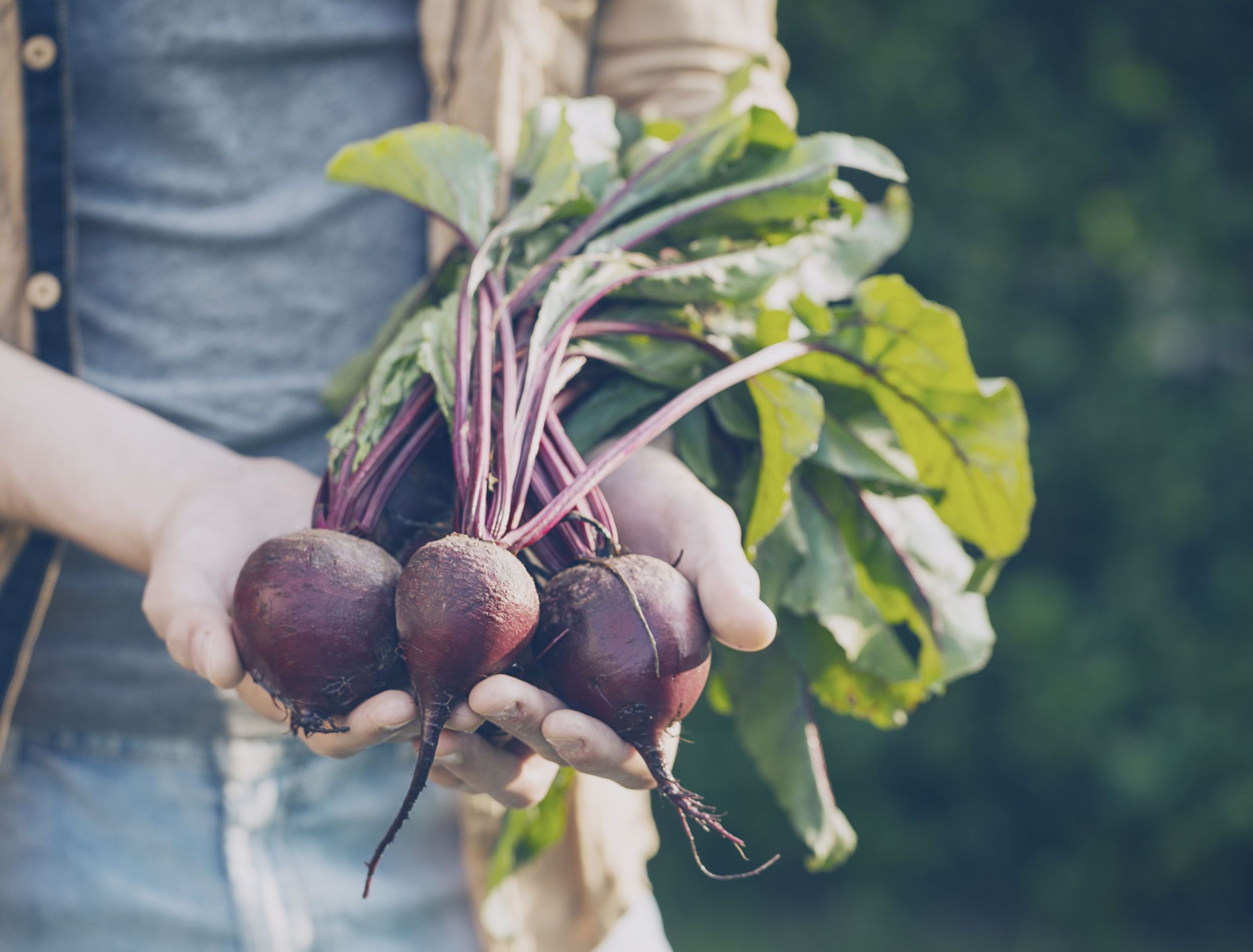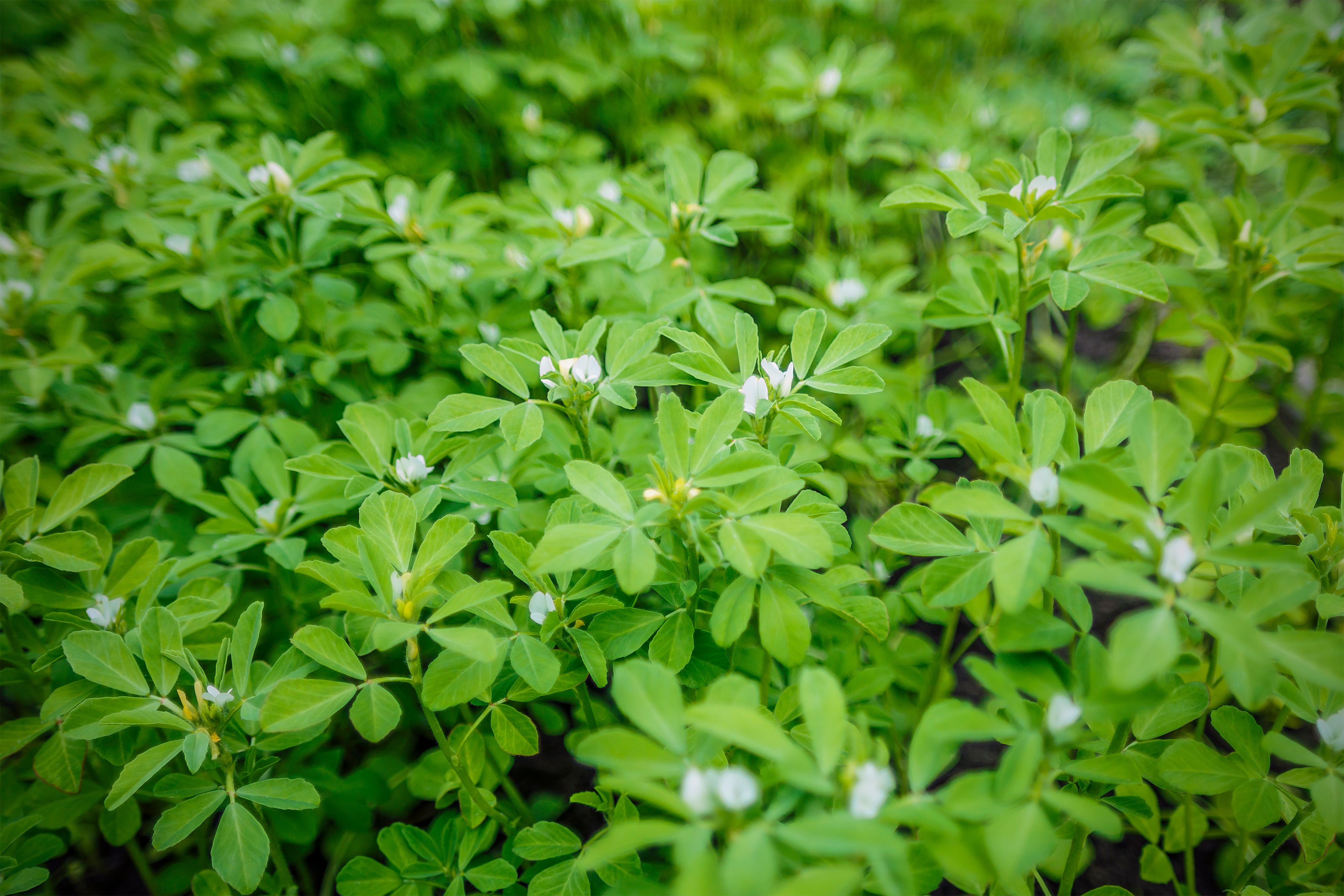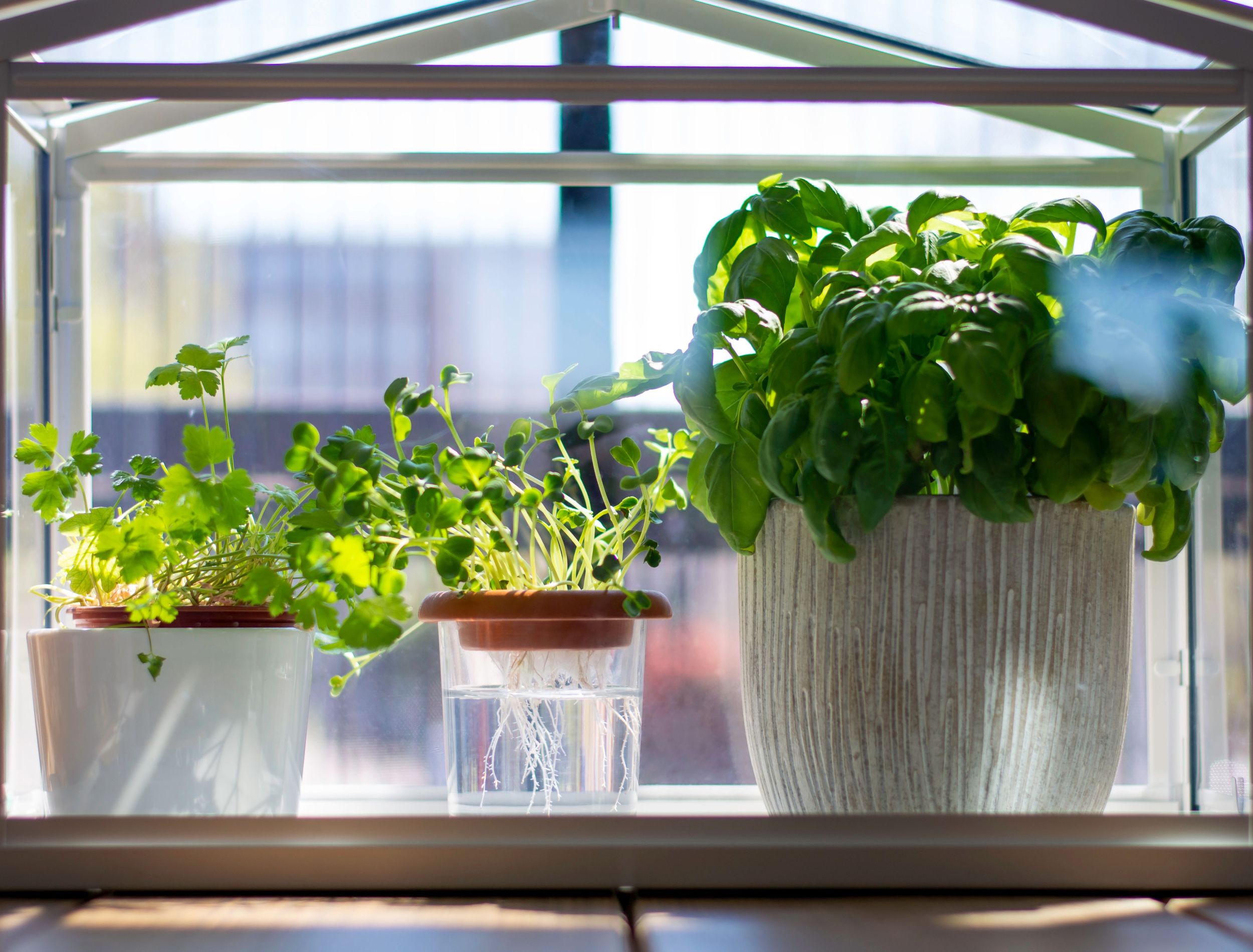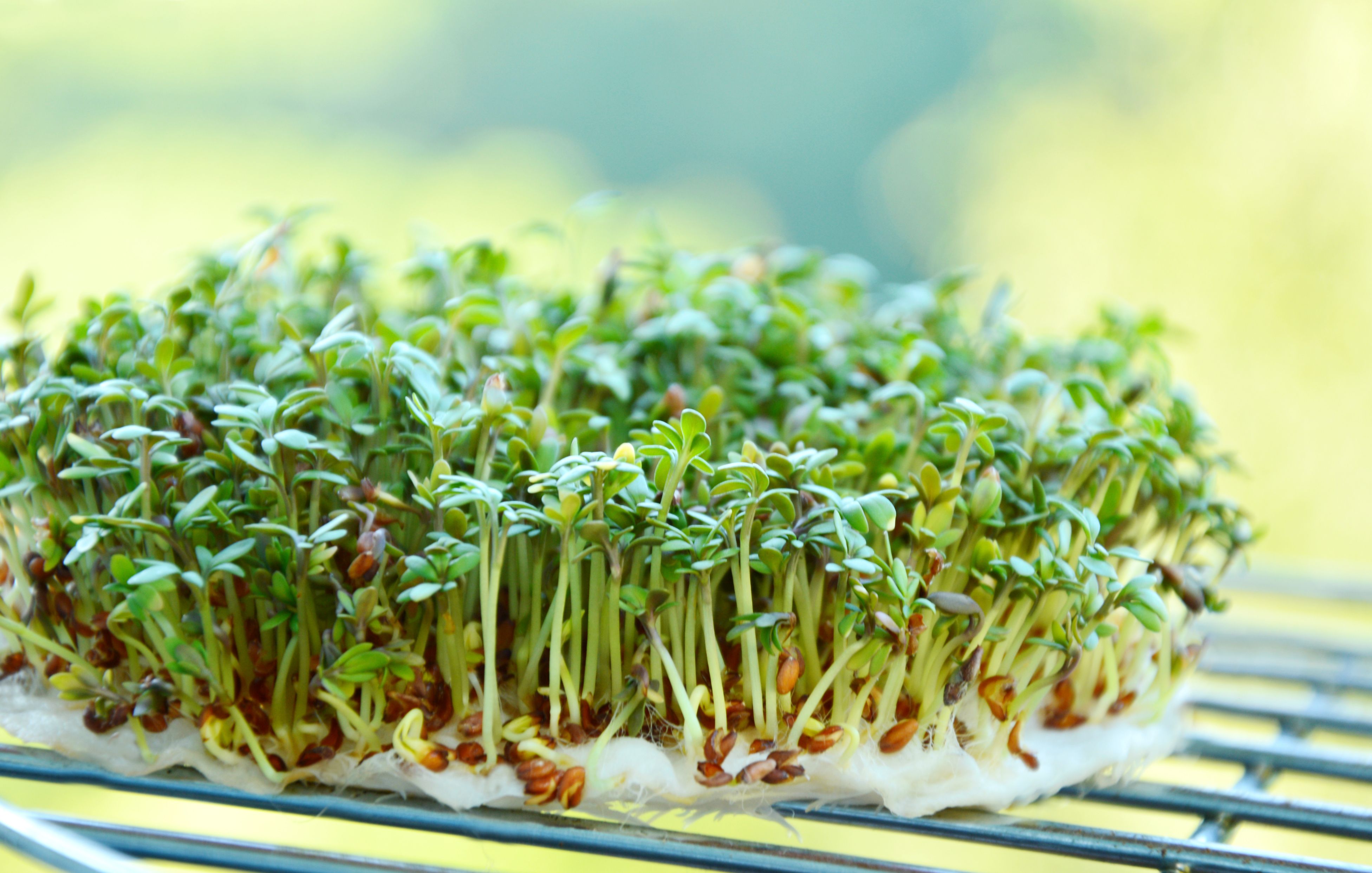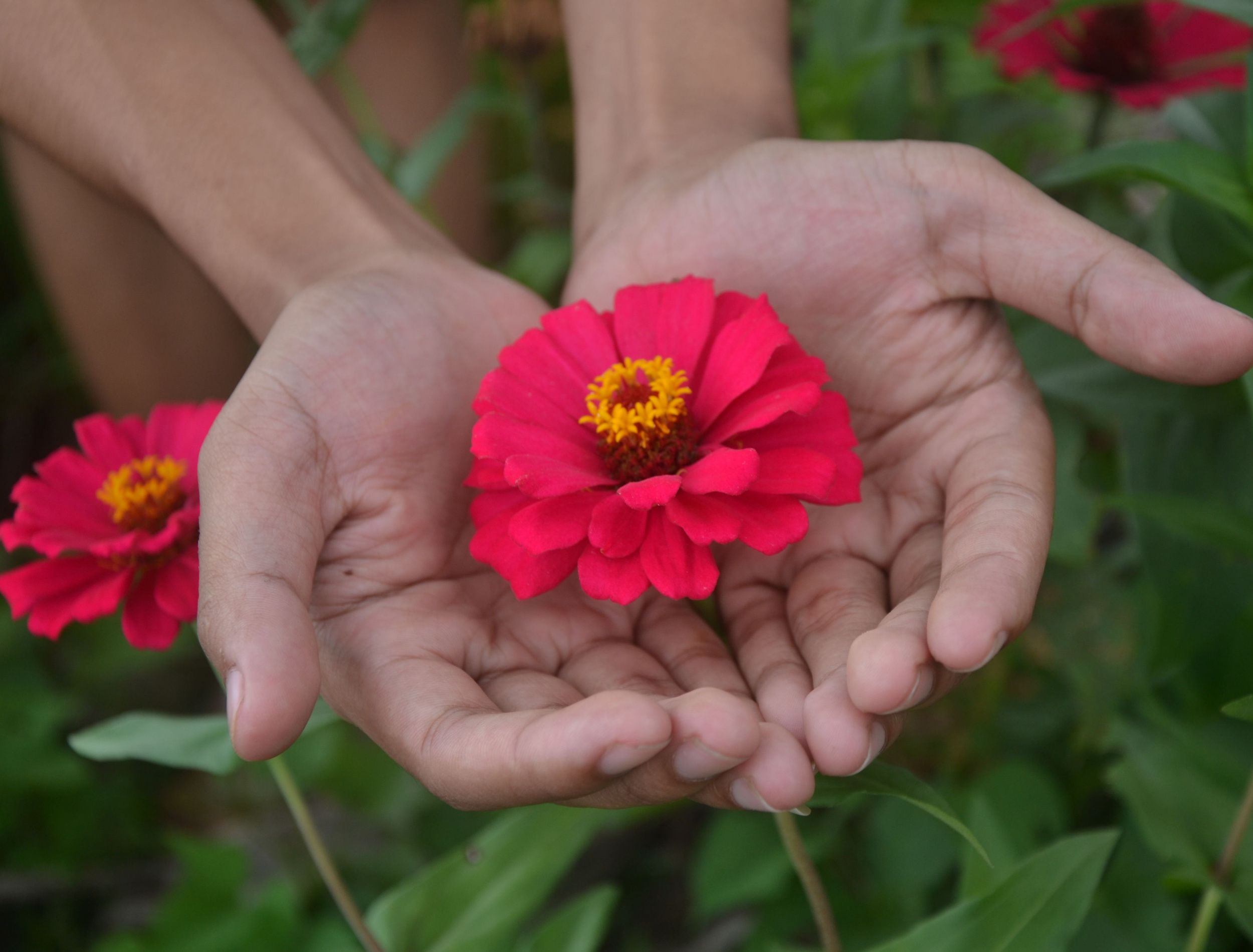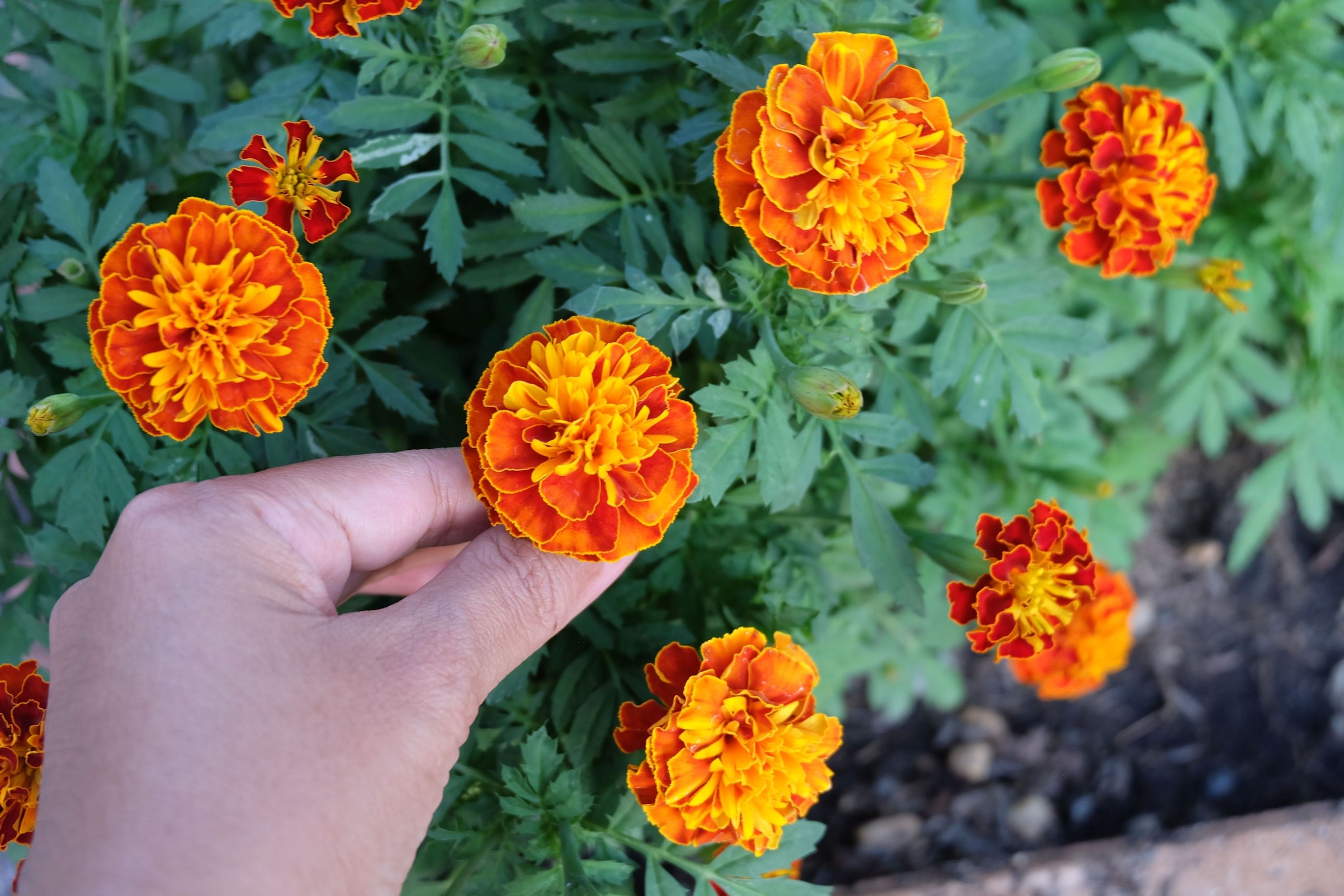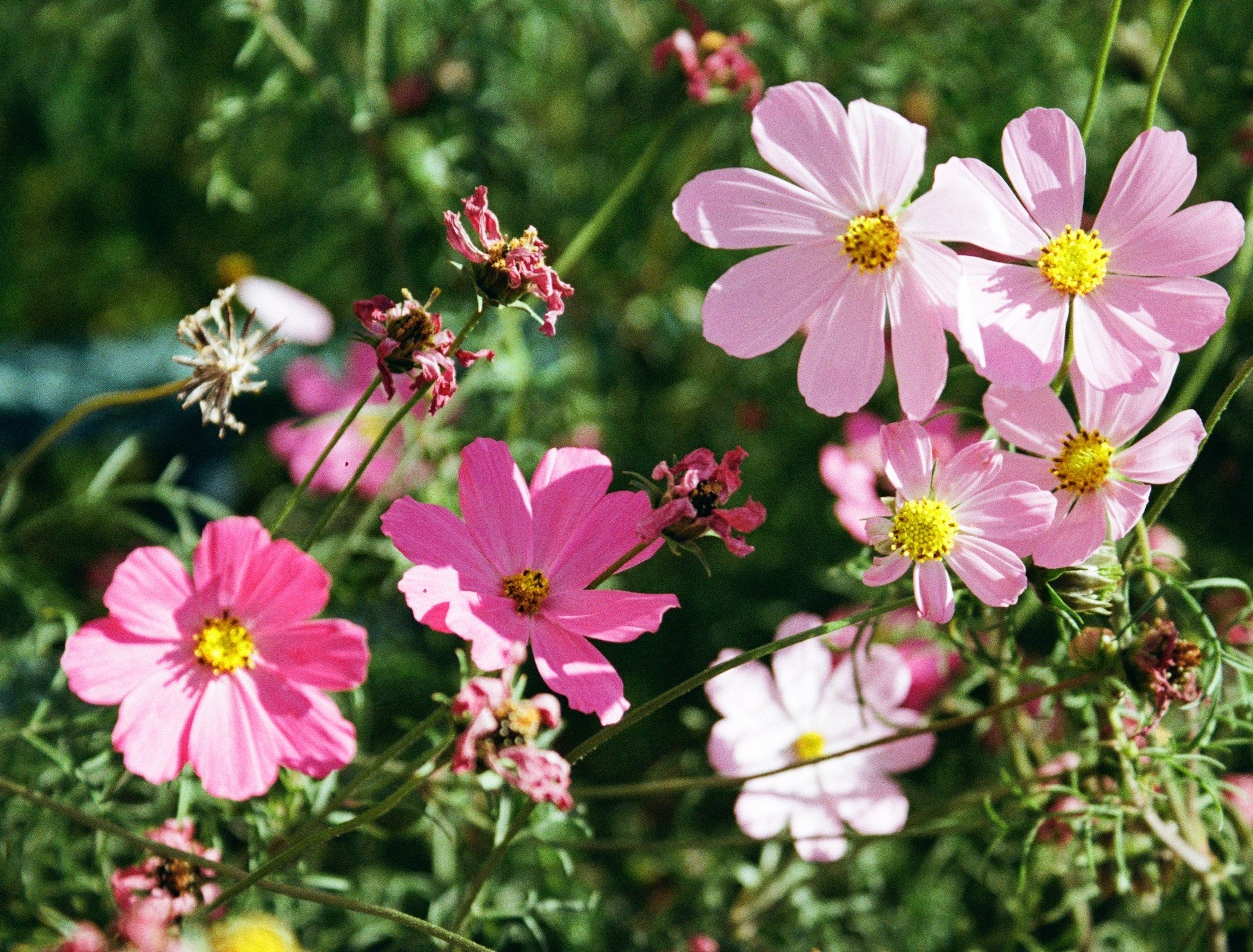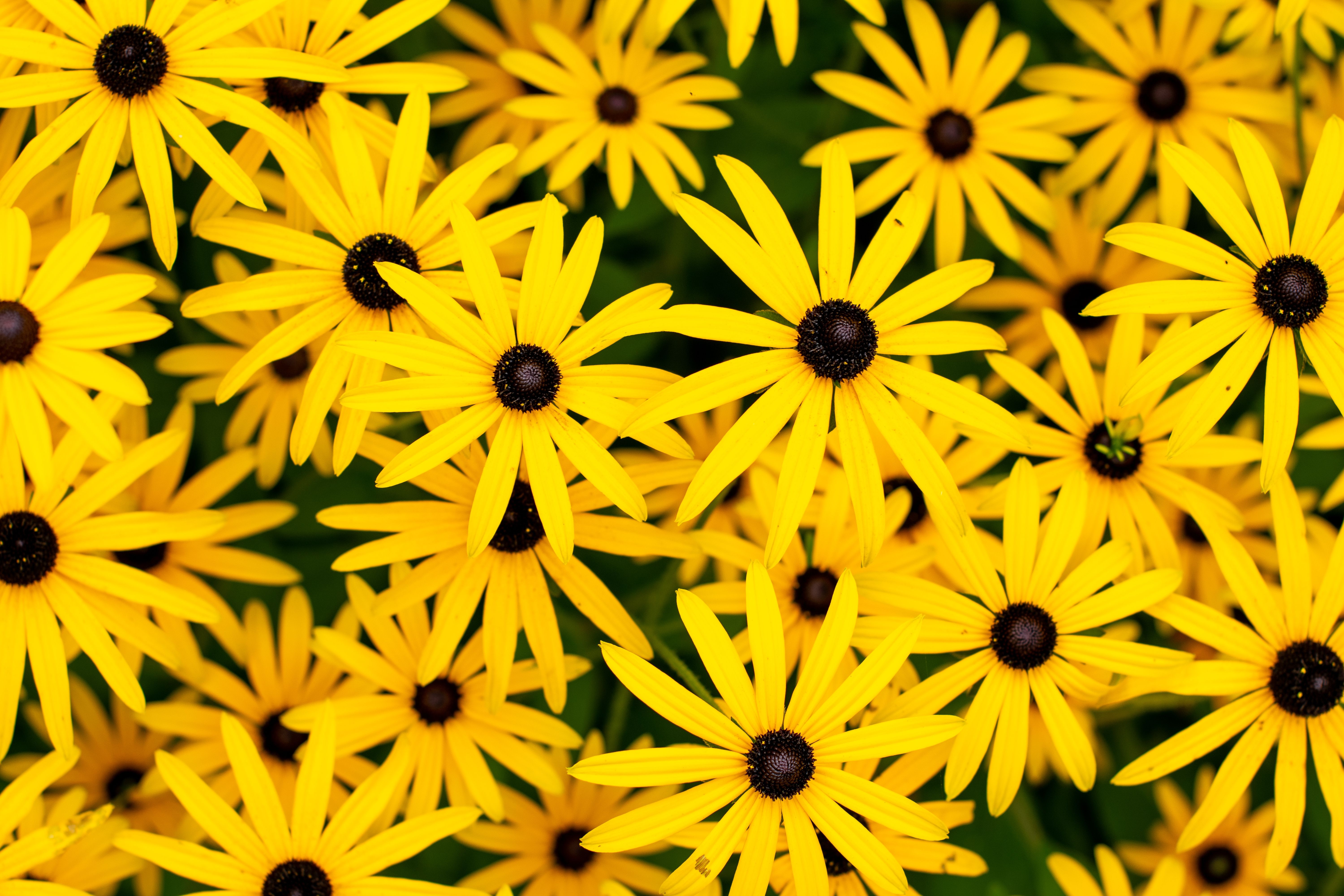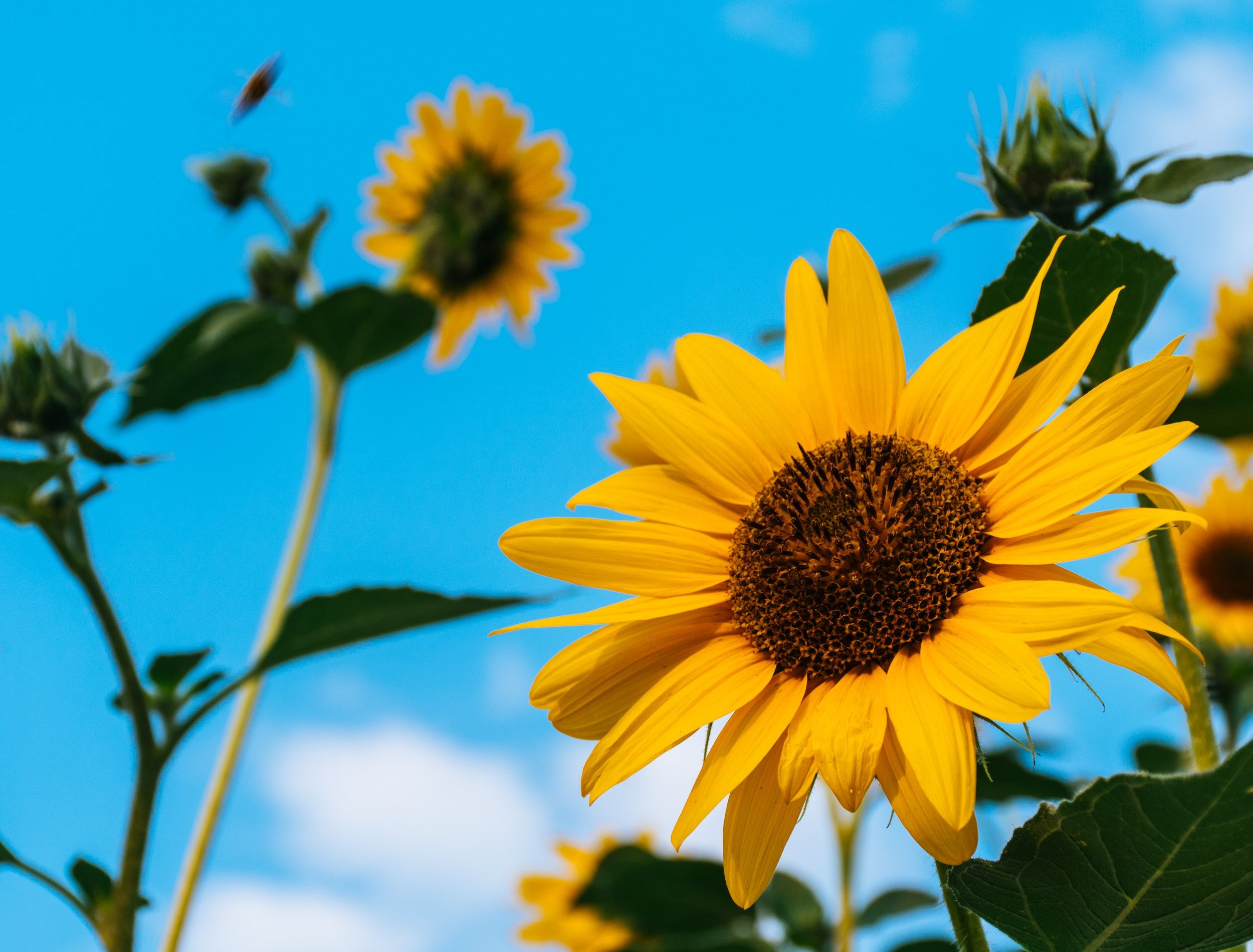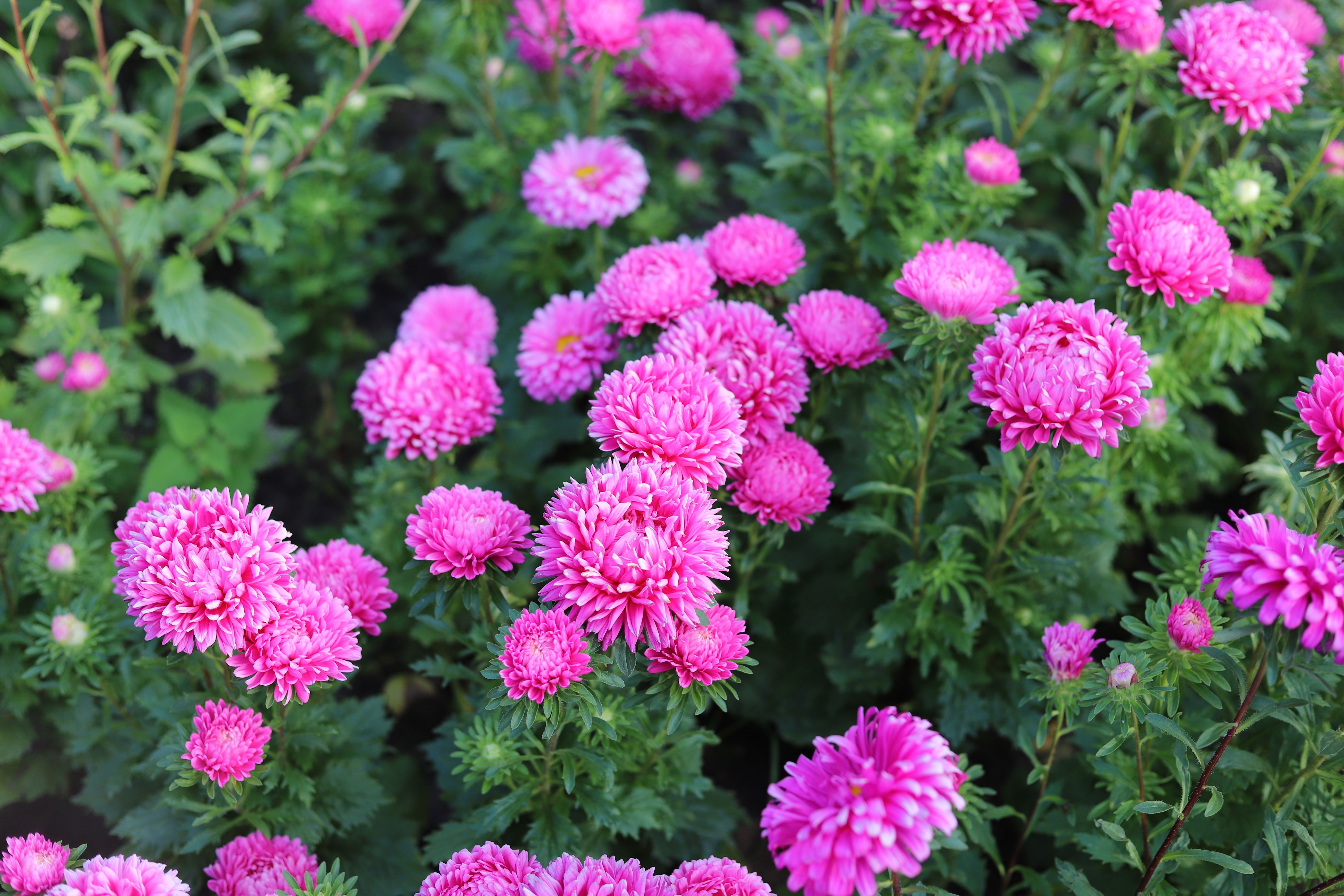Key Takeaways
- Turnips: Quick and delicious harvest with a germination time of 3-7 days. Versatile and adaptable to a range of climates.
- Squash: Offers a generous yield and variety. Requires rich, well-drained soil and consistent moisture. Edible blossoms add flavor to dishes.
- Beets: Rapid-growing root vegetable with a deep, earthy flavor. Versatile roots and nutritious greens. Thrives in cooler climates and needs well-drained soil.
Welcome to the exciting world of gardening, where patience is often a virtue. But what if you're eager to see results quickly? Well, fear not! Explore a guide to the top 12 fast-growing seeds that defy the usual wait times with their quick germination.
Ideal for gardeners who relish immediate gratification, these seeds are not just about speed; they also promise a bounty of beauty and nutrition. From the vibrant blossoms of flowers to the lush greens of vegetables, each of these seeds brings something unique to your garden. Whether you have a sprawling backyard or a modest balcony garden, these seeds are your ticket to an almost instant green sanctuary.
Turnips - The Speedy Root Vegetable
Plant turnips for a quick and delicious harvest
|
Soil |
Well-drained, fertile |
|
When to plant |
2 to 3 weeks before your last frost date |
|
Sunlight |
Full sun but tolerate partial shade |
|
Water |
Regular, consistent. 1 to 2 inches per week |
|
Germination |
3 to 7 days |
Turnips are a gardener's delight because of their rapid germination and versatility. These root vegetables, belonging to the Brassica family, are known for their ease of cultivation and fast growth, making them an ideal choice for both seasoned gardeners and beginners. With a germination time of just three to seven days, turnips quickly sprout, offering a satisfyingly swift reward for your gardening efforts.
The beauty of growing turnips lies in their adaptability to a range of climates, though they thrive best in cooler temperatures. These seeds are capable of germination at 40 degrees Fahrenheit. Although, they're robust enough to sprout with temperatures as low as 15 degrees Fahrenheit. This makes them perfect for early spring or late summer plantings, fitting seamlessly into garden rotations.
Turnips need well-drained, fertile soil, and a spot that receives full sun to partial shade. Consistent watering is key to their development, ensuring the soil remains moist but not waterlogged.
Turnips are not just grown for their tasty roots; their greens are also edible and highly nutritious. They add a wonderful flavor to stews, soups, and you can even roast or mash them.
Squash - From Seed to Bounty
Squash seeds sprout quickly and offer a generous yield
|
Soil |
Rich, well-drained |
|
When to plant |
April or May |
|
Sunlight |
Full sun |
|
Water |
Regular, consistent. 1 to 2 inches per week |
|
Germination |
6 to 12 days |
Belonging to the Cucurbitaceae family, which includes varieties like zucchini, butternut, and spaghetti squash, these plants are a favorite among gardeners for their ease of cultivation and abundant harvest. In soil temperatures between 70 and 90 degrees Fahrenheit, squash seeds typically germinate within six to 12 days, quickly unfolding into lush, sprawling plants that dominate a garden space.
One of the appealing aspects of growing squash is its variety. Whether it's the tender zucchini or the butternut, each type offers unique culinary possibilities. Squash plants require rich, well-drained soil and thrive under full sun exposure, making them ideal for sunny garden spots. They are voracious feeders and drinkers, needing consistent moisture to keep the soil evenly damp.
Squash plants are not just productive; they are also visually striking with their large, lobed leaves and vibrant yellow blossoms. These blossoms are not only beautiful but also edible, adding a delicate, slightly sweet flavor to salads and dishes.
Beets - Rapid Reds
Beets germinate swiftly and are great for beginners
|
Soil |
Well-drained |
|
When to plant |
March to July |
|
Sunlight |
Full sun to partial shade |
|
Water |
Moderate |
|
Germination |
4 to 6 days |
This root vegetable, known for its deep, earthy flavor and vibrant color, is a straightforward and rewarding crop to grow. Beets thrive in cooler climates, making them ideal to sow in March up to July. They require well-drained soil and benefit from full sun to partial shade, which encourages steady and robust growth.
The real charm of beets lies in their versatility. The roots, with their rich, burgundy hue, can be roasted, boiled, or pickled, adding both flavor and color to a variety of dishes. The greens, often overlooked, are a hidden gem, packed with vitamins and a slightly bitter, yet pleasant taste, perfect for salads or sautéed as a side dish.
Fenugreek - Aromatic and Quick
Fenugreek is a fast-growing herb with culinary and medicinal uses
|
Soil |
Well-drained |
|
When to plant |
Spring/summer in warm cooler climates. Fall/winter in warmer climates |
|
Sunlight |
Full sun to partial shade |
|
Water |
Moderate - 1 inch per week |
|
Germination |
3 to 5 days |
Fenugreek, a lesser-known but highly valuable herb in the gardening world, stands out for its fast germination rate, typically sprouting within just 3 to 5 days. Originating from the Mediterranean region, it's cherished for both its culinary and medicinal properties. Fenugreek seeds are renowned for their distinctive, slightly sweet, and bitter flavor, and are often compared to maple syrup.
When it comes to growing, fenugreek is undemanding and thrives in a range of conditions, although it prefers well-drained soil. It's a sun-loving plant but tolerates partial shade, making it versatile for different garden settings. Regular watering is essential, but it's crucial to avoid overwatering to prevent root rot.
This plant is aggressive! Plant in containers to avoid a possible takeover of your garden.
Basil - Flavorful and Fast
Basil seeds, quick to germinate, are a gardener's delight
|
Soil |
Well-drained |
|
When to plant |
February to July |
|
Sunlight |
Full sun |
|
Water |
Moderate - 1 inch per week |
|
Germination |
1 to 2 weeks |
Originating in the warm climates of Asia, basil has become a staple in kitchens and gardens worldwide. This herb thrives in warm weather and requires rich, moist, well-drained soil to flourish. Full sun exposure is ideal for basil, encouraging lush, aromatic leaf production.
Basil's versatility in the kitchen is unparalleled. Use the leave fresh or dried to add a sweet, yet slightly peppery flavor to dishes. Popular in Italian cuisine, basil is a key ingredient in pesto and pairs beautifully with tomatoes, mozzarella, and pasta dishes. It's also widely used in Asian cooking, contributing a distinctive taste to stir-fries and curries.
Growing basil not only provides a continuous supply of fresh herbs for culinary use, but also adds an aromatic element to your garden.
Cress - Peppery and Prompt
Plant cress seeds for some zesty flavor
|
Soil |
Well-drained |
|
When to plant |
Spring/summer in cooler climates. Fall/winter in warmer climates |
|
Sunlight |
Full sun |
|
Water |
Moderate - 1 inch per week |
|
Germination |
3 to 4 days |
Cress, a peppery and fast-growing leafy green, earns its reputation for its remarkably quick germination, often sprouting in just three to four days. This small yet mighty plant is a favorite for those who enjoy a quick turnaround in their garden or kitchen windowsill. Cress prefers moist, fertile soil and is a low-light tolerant plant, making it suitable for partial sun conditions, though it also prospers in full sunlight.
The allure of cress lies in its zesty, slightly spicy flavor, making it a fantastic addition to salads, sandwiches, and as a garnish for a variety of dishes. Its delicate leaves pack a punch in terms of flavor and nutritional value, being rich in vitamins A, C, and K.
Cress is also ideal for indoor gardening, as you can grow it in small containers, requiring minimal space. The ease and speed of growing cress make it an excellent choice for beginner gardeners or those looking to introduce children to the joys of planting and harvesting their own food.
Zinnias - Colorful and Quick
Add some color to your garden with Zinnias
|
Soil |
Well-drained |
|
When to plant |
Spring, after the last frost |
|
Sunlight |
Full sun |
|
Water |
Moderate - 1 inch per week |
|
Germination |
4 to 7 days |
Zinnias, with their spectacular array of colors and quick germination time of fours to seven days, are a favorite among gardeners seeking quick gratification and vibrant beauty. These flowers are renowned for their ease of growth and ability to thrive in most conditions, making them perfect for both novice and experienced gardeners. Zinnias prefer well-drained soil and flourish under full sun, which intensifies their color and promotes robust growth.
The charm of zinnias lies in their wide variety of colors and sizes, ranging from dazzling whites to rich purples, and including every hue in between. Their blooms are not just visually stunning; they are also excellent for attracting butterflies and beneficial pollinators to the garden.
Zinnias are also ideal for cutting gardens, as their long stems and durable flowers make excellent fresh bouquets that brighten up a room. Easy to grow from seed, zinnias add a burst of color to garden beds and borders, making them a popular choice for adding cheer and liveliness to your outdoor space.
Marigolds - Instant Sunshine
Marigolds add some sunshine to your garden
|
Soil |
Well-drained |
|
When to plant |
Spring or midsummer |
|
Sunlight |
Full sun |
|
Water |
Moderate - 1 inch per week |
|
Germination |
5 to 8 days |
Marigolds are a gardener's joy, known for sprouting rapidly and for their ability to brighten a garden space with their cheerful, sunny blooms. These flowers are incredibly hardy and easy to grow, making them a favorite choice for both beginners and experienced gardeners. Marigolds thrive in well-drained soil and require full sun exposure to reach their full flowering potential.
The beauty of marigolds lies in their wide range of colors, from vibrant yellows and golds to deep oranges and reds.
Marigolds are versatile and you can plant them in flower beds, borders, or containers.
Cosmos - Stars of the Garden
Sow Cosmos seeds for a fast-growing pollinator garden
|
Soil |
Well-drained |
|
When to plant |
When the risk of frost has passed |
|
Sunlight |
Full sun |
|
Water |
Moderate. Drought tolerant |
|
Germination |
5 to 7 days |
Cosmos, with their delicate, daisy-like blooms, are a captivating addition to a garden, and sprout within five to seven days. These annual flowers are cherished for their simplicity and the ethereal beauty they bring to garden spaces. Thriving in well-drained, average fertility soil, Cosmos are remarkably undemanding and are drought tolerant, making them a splendid choice for gardeners in various climates.
The allure of Cosmos lies in their feathery foliage and charming flowers that come in shades of pink, white, and purple. They can grow quite tall, sometimes reaching up to 6 feet. This makes them an excellent choice for adding height and texture to flower beds or as a striking backdrop for shorter plants.
Aside from their visual appeal, Cosmos are fantastic for attracting pollinators like bees and butterflies, adding a dynamic and lively element to your garden. Their ability to bloom throughout the summer until the first frost provides a long-lasting display of color and beauty.
Black-Eyed Susans - Rapid Blooms
Easy-care and vibrant blooms that attract diverse garden pollinators
|
Soil |
Well-drained |
|
When to plant |
When soil temperatures reach 70 degrees Fahrenheit |
|
Sunlight |
Full sun |
|
Water |
Moderate – 1 inch per week |
|
Germination |
7 to 14 days |
Black-Eyed Susans, renowned for their vivid, golden-yellow petals and distinctive dark centers, are a quintessential feature in many native gardens and are known for their quick germination period of seven to 14 days. These hardy perennials are beloved for their ability to thrive with minimal care, making them a perfect choice for both novice and seasoned gardeners. Preferring well-drained soil and full sun to partial shade, Black-Eyed Susans are adaptable and resilient.
Their bright, cheerful flowers not only add a splash of color to your garden setting but also attract a variety of pollinators, including bees and butterflies, enhancing the biodiversity of the garden. Black-Eyed Susans have a long blooming period, often from early to late summer, providing enduring beauty and interest in the landscape.
These flowers are also versatile in their use. You can pant them in borders, wildflower meadows, or as part of a perennial bed. Their sturdy nature and delightful appearance make Black-Eyed Susans a popular choice for cut flower arrangements, bringing a piece of the garden's joy indoors.
Sunflower - Sunshine in a Seed
Sunflowers are majestic giants with vibrant blooms, perfect for gardens
|
Soil |
Well-drained |
|
When to plant |
When soil temperatures reach 50 degrees Fahrenheit |
|
Sunlight |
Full sun |
|
Water |
Moderate — 1 inch per week |
|
Germination |
5 to 7 days |
Sunflowers, iconic for their towering height and large, radiant flower heads, are a symbol of summer and joy, known for their fast germination within five to seven days. These annual plants are easy to grow, making them a favorite among gardeners of all levels. Sunflowers thrive in well-drained soil and require full sun exposure to reach their full potential, often growing 6 to 10 feet tall.
The unique characteristic of sunflowers is their heliotropic heads; young blooms follow the sun from east to west, creating a dynamic display in the garden. The variety of sunflowers ranges from small, dwarf types to giant varieties, with colors spanning from the classic bright yellow to deep reds and rustic browns.
Beyond their aesthetic appeal, sunflowers are also practical. They attract bees and other pollinators, contributing to the health of the garden ecosystem. Additionally, sunflower seeds provide a nutritious snack for humans and birds alike.
Annual Aster - Instant Color
Colorful, late-blooming flowers ideal for vibrant fall gardens
|
Soil |
Well-drained |
|
When to plant |
Direct sow in the fall |
|
Sunlight |
Full sun |
|
Water |
Moderate — 1 inch per week |
|
Germination |
7 to 10 days |
Annual Asters, with their daisy-like flowers and a multitude of colors, are a late-season bloomers, adding a burst of color to gardens as other flowers fade in the late summer or early fall. These charming flowers germinate within seven to 10 days under ideal conditions. They prefer well-drained soil and flourish best in full sun, making them a delightful addition to sunny garden beds and borders.
Asters come in a range of hues including pink, purple, blue, and white, each variety bringing its unique splash of color. Their compact size and bushy nature make them excellent for filling gaps in the garden or in container plantings. Beyond their visual appeal, Asters are also beneficial for attracting butterflies, adding an extra layer of life and vibrancy to your garden.
The Fast and the Flourishing
These 12 seeds not only promise quick germination but also bring an array of colors and flavors to your garden. Whether you're cultivating a vegetable patch, herb garden, or a floral paradise, these seeds are sure to make your gardening experience rewarding.
Don't keep these speedy secrets to yourself! Share this post with your friends and family and create a community of quick-growing gardens. Remember, the best time to plant a seed was yesterday; the second-best time is now!

